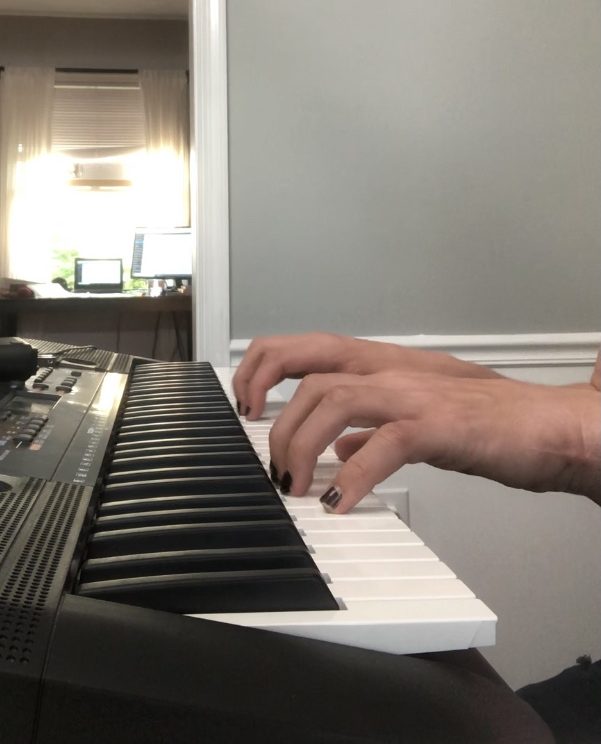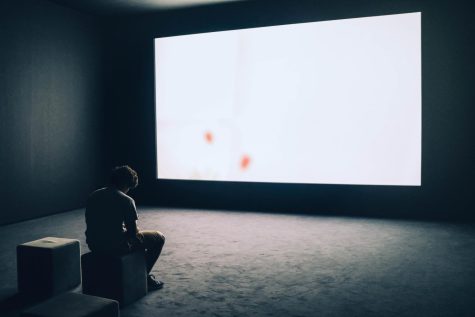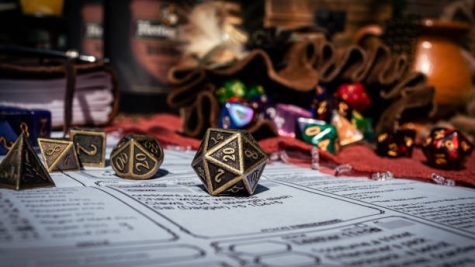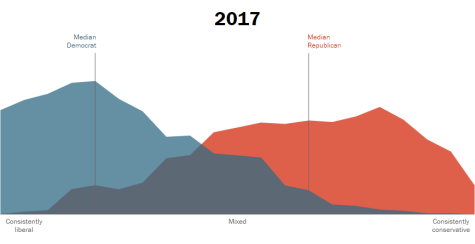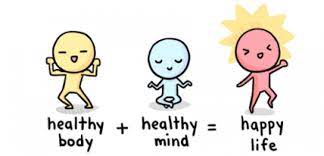How To Write A Simple Piano Song
April 29, 2021
Before you learn how to write a piano song, you will need to know a couple of terms that will help you.
The first term is song structure; song structure is the order that you will play the song. An example of song structure would be verse, pre-chorus, chorus, verse, chorus, bridge, chorus, outro. The next term is chord progressions which are a progression of different chords; for example, the chords for ‘Creep’ by Radiohead are G chord, B chord, C chord, C-minor chord. Typically chord progressions will repeat until the song ends.
The first step is to choose a song structure; the song structure will shape the whole song. Usually, a song structure may look like: verse, pre-chorus, chorus, verse, chorus, bridge, chorus, outro.
The second step is to find a key and a tempo for your song. If you want a happier piece, you may choose a higher key and a quicker tempo; you may want a slower tempo for a sadder song.
The third step in writing a song is finding a chord progression you like. Chord progressions can shape the feel of your piece; if you want your work to be darker and more ominous, you will want your chords to be lower and slower. If you want your song to be happier, you will want your chords to be around one octave below the melody faster.
The next step is to find a melody; the listeners will listen to and remember the melody. Writing this is all about trial and error; you need to find notes that will match your chords and sound good. I go about this by starting slowly, playing one note at a time, and skipping notes to make a pleasant sound. I try to stay in one octave, but you can change octaves if you want. You can make the song as long as you want but make sure you record yourself playing it or write your notes down; otherwise, you risk losing your piece.
After you have the melody and the chords finished or almost finished, play them separately several times a day or until you think you have it. Then once you feel you are ready, practice playing them together; however, you might not like how it sounds, and that is normal; you can always go back and revise it, but before you do, record yourself playing it and listen to it as well as sending it to someone else.
Having someone with a musical background critique your music sounds like torture, but it can be beneficial. When you listen to yourself, you will either think it sounds very good or awful; that’s why getting a third party involved will help because they will also see things that maybe you overlooked.
Writing a song isn’t supposed to be torture; it’s supposed to be fun. When you write, don’t just put notes down and call it a day. Pour your heart out onto the sheet, make it emotional, make the listener feel your emotion.

